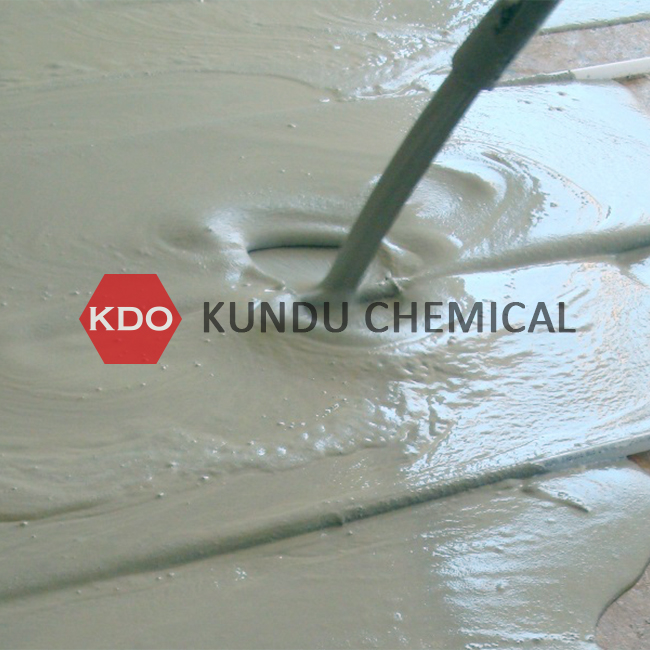- Time:2023/6/9Posted:SHANDONG KUNDU CHEMICAL CO.,LTD.
1. The pouring area subsides
The influence of construction techniques and method;
• Long stagnation time after stirring, causing the self-leveling compound bad fluidity;
• The ground absorbs water too fast, causing the self-leveling compound lose its fluidity in a very short time;
•Uneven primer coating;
• The construction thickness is incorrect;
• Self-leveling compound quality problems;
•Add too much or too little water;
•Construction temperature is too low;
2. Self-leveling floor cracking
• It can’t stick well to a substrate with sand or dust. The substrate floor needs to be clean before applying self-leveling compound;
• Not coated with an interface agent
• There is water or acid, alkali, salt, oil and other components on the substrate floor;
• The substrate floor is a non-absorbent type: marble ground, ceramic tile ground, steel plate ground, etc. with no interface agent is selected;
• There are cracks on the original ground, and the shrinkage joints are not filled before self-leveling;

3. Too many bubbles
• The substrate floor dries and absorbs water fast;
•Not coated with an interface agent
•Interface agents have poor sealing effect.
4. self-leveling sanding
•Add too much water, cause self-leveling compound sedimentation;
• The substrate floor is humid, and the self-leveling compound drying time is too long;
• Uneven self-leveling stirring;
• Construction temperature is too low;
• The self-leveling grinding time is too long or the grinding sand is too thick;
•Self-leveling compound quality problems;
• The ambient temperature is too high;
• The wind speed at the construction site is relatively fast;
5. After the self-leveling underlayment solidified, the color is not uniform and turns to off-white
• The ratio of water to self-leveling for each pack is different (but within the permitted range);
• Before pouring the self-leveling compound, the surface of the interface agent is not dry, and there is an accumulation of interface agent;
• Mixed with more water than the standard, it is easy to cause the appearance of off-white;
• There are deep holes in the substrate floor, the deeper the hole is, the thicker the self-leveling will be filled, and the darker the color will be;
• Stirring is uneven or insufficient.
6. Self-leveling drying speed is too slow
• Mixed with more water than standard;
• The interface agent has not penetrated;
• The substrate floor is a non-absorbent tyep;
• Indoor or ambient temperature is too low;
• Poor ventilation and slow moisture release;
•The moisture content of the substrate floor is higher than the construction standard.
If you are facing all the above questions during the construction, please feel free to contact us and our online technician will help you to find the best solution.





